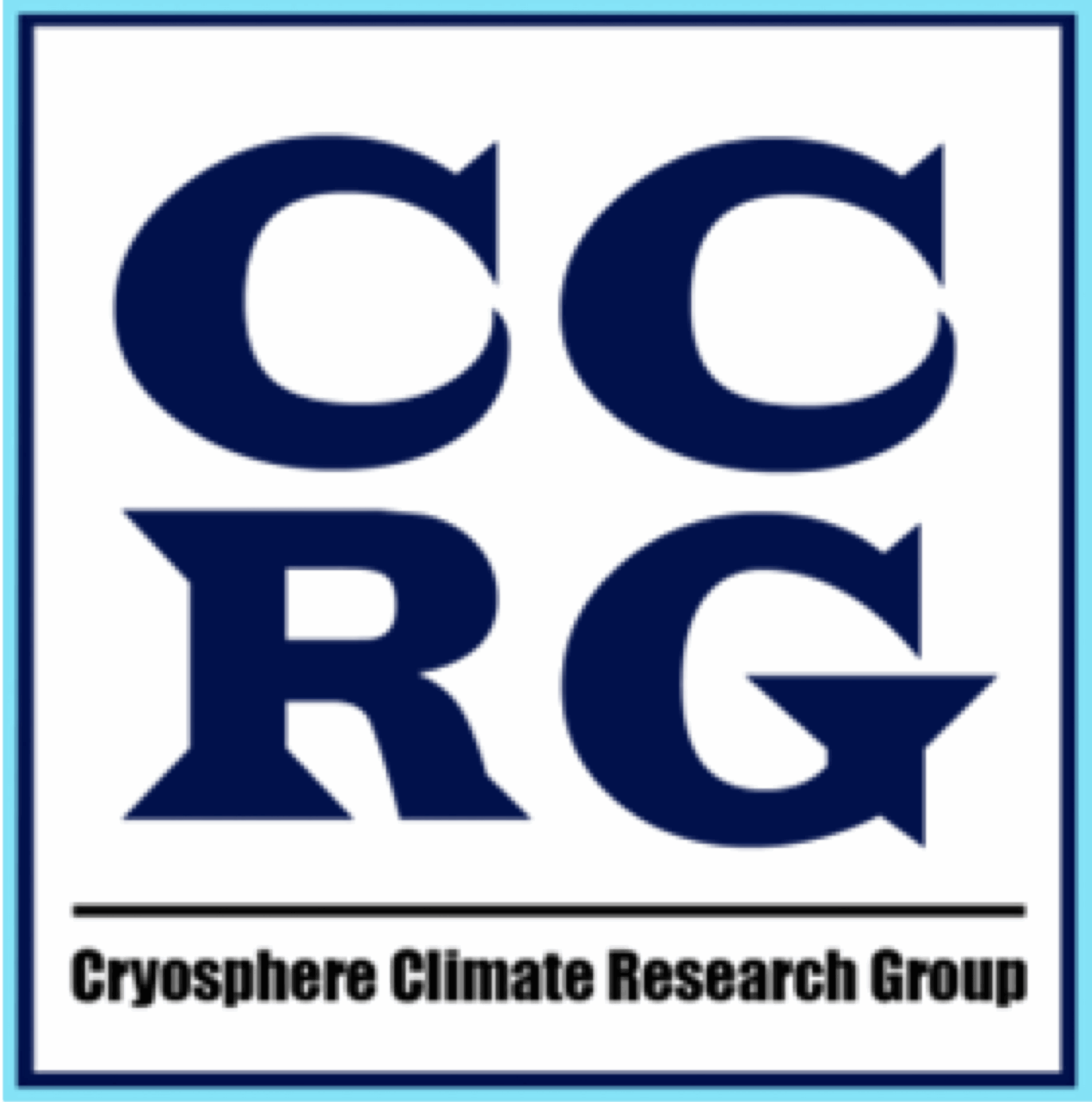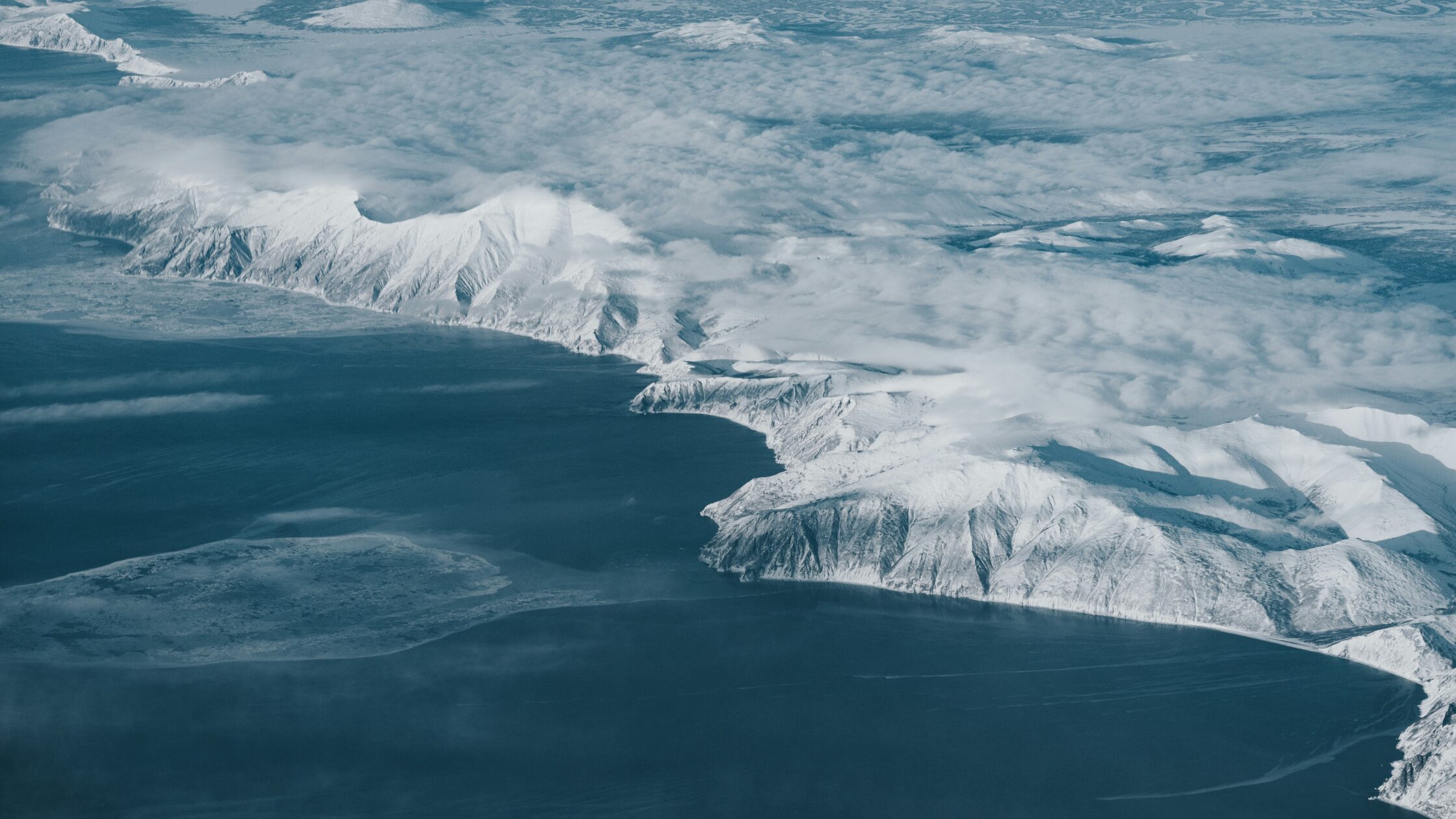Overview
The CEMSIE project targets the synergistic use of the upcoming Copernicus Expansion Missions (CIMR, CRISTAL, ROSE-L) along with Sentinel-1/3 to enhance the retrieval of critical sea ice variables, including snow depth (SD), sea ice thickness (SIT), and sea ice concentration (SIC), focusing especially on first-year ice (FYI).
Funded by the European Space Agency SUPFIX-Polar funding call, CEMSIE is a scientifically robust and operationally relevant project that directly aligns with the SUPFIX objectives and the strategic goals of ESA’s Earth Observation program. It is well-positioned to enhance Europe’s leadership in polar science through the advanced use of Copernicus Expansion Missions.
Scientific and Technical Goals
CEMSIE aims to,
- Advance understanding of joint active and passive microwave electromagnetic interactions with snow-covered FYI,
- Quantify frequency- and sensor-specific sensitivities to key snow properties (e.g., surface roughness, salinity, density, microstructure),
- Address knowledge gaps in the retrieval of snow and sea ice properties by integrating active and passive microwave observations,
- Develop and validate new retrieval algorithms for key geophysical variables, and
- Support multi-mission data assimilation and future operational Copernicus services.
Innovation and Impact
(1) Leverages synergistic capabilities of CIMR, CRISTAL, and ROSE-L for Arctic FYI characterization, (2) Builds on lessons learned from major campaigns (e.g., MOSAiC, AKROSS, DEFIANT), (3) Enables robust discrimination between snow types and sea ice regimes, (4) Supports improved climate model initialization and prediction, and (5) Contributes to ESA EO Science Strategy priorities: frontier science, societal benefit, closing knowledge/observation gaps.
Scientific Roadmap
CEMSIE will deliver a roadmap outlining future research directions, particularly regarding (1) Optimization of retrieval techniques, (2) Development of advanced multi-sensor observation operators for data assimilation, and (3) Identification of new scientific questions and sensor requirements.
Consortium Strengths
The international team brings decades of experience in sea ice remote sensing, field campaigns, radiative transfer modeling, and algorithm development. Strong stakeholder engagement (e.g., ECMWF, EUMETSAT, ECCC S&T) and in-kind support (e.g., ECCC POLAR) ensure maximum impact.

